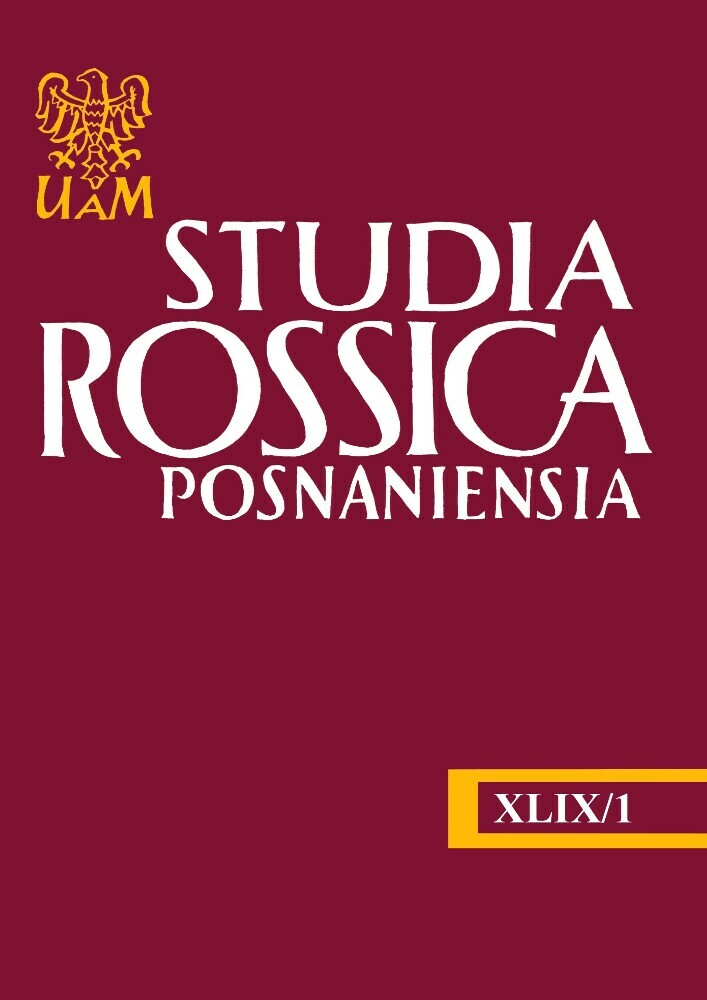Abstract
Before 1939, Jewish architects were active members of their profession, participating in domestic and international architectural networks and contributing to the built environment of Polish cities. From the mid-1930s, however, intensifying antisemitism and far-right political forces pressured architectural networks to exclude Jews from professional unions. The start of the Second World War and the German occupation in 1939 strained professional architectural networks but led to the formation of underground workshops, cooperatives, and other groups, whose connections extended from Warsaw through the camps and ghettos of occupied Poland. This article presents the history of Jewish-Polish architects from 1937 to 1945. Demonstrating how architectural networks reacted to changing conditions of war, occupation, and genocide, it emphasizes architectural networks as sites of political engagement, ranging from prewar antisemitic attacks on Jews and their removal from the Society of Polish Architects (SARP) to underground architectural networks that hid Jews and allowed them to work. Although the fate of Jewish architects depended largely on their relationships with their professional networks, they also actively decided how to utilize those networks to resist the Nazis and to ensure their survival. This research shows that interpersonal relationships and wartime networks were consequential in determining the wartime fates of Jewish architects and also shaped the profession’s post-war structure.
References
“IV Annual General Meeting of SARP delegates on May 30, 1937”. Komunikat SARP, 6/7 (June), 1937.
“Abzug den polnischen Häftlingen” [Withdrawal of Polish prisoners], Memorandum 21694/43/ER/L to Commandant Rudolf Höss. January 20, 1943. Accessed via the collections of the United States Holocaust Memorial Museum (USHMM), RG-11.001M.03.
“Anonymous diary”. Ringelblum Archive. Vol. 1, September, 1940.
“Aryan paragraph in the Union of Polish Electricians and Architects”. Nasz Przegląd, 154, R. 15 (May 27), 1937.
Bajurski, Jakub. Testimony, April 7, 1962. Originally from the collections of the State Auschwitz Museum, Oświęcim, Poland. Microfilm 2404, Tome 14, 71114/133. Accessed via USHMM, RG-15.117M/004.
Berg, Mary. The Diary of Mary Berg: Growing up in the Warsaw Ghetto. Oxford, Oneworld, 2006.
Chomątowska, Beata. Lachert i Szanajca. Architekci awangardy. Wołowiec, Wydawnictwo Czarne, 2014.
Czerny, Władysław. „Stowarzyszenie Architektów Polskich”. Fragmenty stuletniej historii. 1899–1999: relacje, wspomnienia, refleksje w stulecie Organizacji Warszawskich Architektów. Warszawa, Oddział Warszawski SARP, 2000.
Folman, Rozalia. Testimony. ŻIH (Żydowski Instytut Historyczny): 301/1085.
Godlewska, Alicja. Interview with Anna Kubiak. July 10, 1950. ŻIH: S/350/1.
Goldberg, Maksymilian. Notatki z lektury. MA: IIIb.539.
Gutman, Israel. The Jews of Warsaw 1939–1945: Ghetto, underground, revolt. Bloomington, Indiana University Press, 1989.
Hirszfeld, Ludwik. Historia jednego życia. Warszawa, Czytelnik, 1946.
Jankowski, Stanisław. “Polish Professional Society”. Komunikat SARP, 11 (November), 1938.
Kędziorek Aleksandra, Katarzyna Uchowicz, Maja Wirkus. CIAM Archipelago: The letters of Helena Syrkus. Warszawa, Narodowy Instytut Architektury i Urbanistyki, 2019.
Kohlrausch, Martin. Brokers of modernity: East Central Europe and the rise of the modernist architects, 1910–1950. Leuven, Leuven University Press, 2019. DOI: https://doi.org/10.2307/j.ctvcwnzhj
Komunikat SARP No. 3, March 1937.
Lachert, Bohdan. Interview with Anna Kubiak. July 24, 1950. ŻIH: S/350/1.
Lawin, Ludwik. Testimony, given to Jadwiga Kulasza. November 16, 1983. State Archive Auschwitz-Birkenau Museum in Oświęcim [Archiwum Państwowego Muzeum Auschwitz-Birkenau w Oświęcimiu (APMA-B)]. Oświadczenia, t. 114, pp. 128–158a, Ośw. /Lawin/2634, nr inw. 168216.
Matysek-Imielińska, Magdalena. Warsaw Housing Cooperative: City in action. Trans. by Monika Fryszkowska. Cham, Springer Nature Switzerland, 2020. DOI: https://doi.org/10.1007/978-3-030-23077-7
“Meeting of the SARP Warsaw branch: The tamed mayhem of the Jewish friends”. ABC – Nowiny Codzienne, 164 (May 26), 1937.
Michlic, Joanna Beata. Poland’s threatening other: The image of the Jew from 1880 to the present. Lincoln, University of Nebraska Press, 2006. DOI: https://doi.org/10.2307/j.ctt1djmhhh
Notes from the S.P.B. Supervisory Board Meeting [Posiedzenie Rady Nadzorczej SPB]. January 31, 1942. AST: PAN (Archiwum Stanisława Tołwińskiego, Polska Akademia Nauk). III-185: 84.
Ostrzewski (Jehuda Szlafsztajn). Interview with Anna Kubiak. July 3, 1950. ŻIH: S/350/1.
Perlińska-Kobierzyńska, Ewa. “Warsaw’s architectural community during the 1939–1944 German Occupation”. Zeitschrift für Ostmitteleuropa-Forschung. Trans. by Anna Micińska. February, 2022.
SARP Verification Committee, Protocol 40. April 22, 1948. AAN (Archiwum Akt Nowych): 2/2674/3.
SARP Verification Committee, Statement. May 2, 1948. AAN: 2/2674/3.
Seligman, Jon. “Between Yerushalayim DeLita and Jerusalem – The memorial inscription from the Bimah of the Great Synagogue of Vilna”. Arts, 9 (2), 46, 2020. DOI: https://doi.org/10.3390/arts9020046
Siwiński, Bronisław. Letter to the WSM Board. November 9, 1940. AST: PAN. III-185: 64.
Skalimowski, Andrzej. Sigalin: Towarzysz odbudowy. Wołowiec, Wydawnictwo Czarne, 2019.
Sprawa Hermana Fielda. Teczka agenta informatora ps. Sarnecki – Helena Syrkus. Prokuratura Generalna w Warszawie. AAN: 2/842/0/10.10/4/649.
Stachowicz, Izabela. Ocalił mnie kowal. Warszawa, Czytelnik, 1956.
Stokowski, Jerzy (alias of Jerzy Szeptycki). “The epoch of Szymon Syrkus: The issue of Polishness in Warsaw architecture”. ABC – Nowiny Codzienne, 290 (September 12), 1937.
Syrkus, Helena. Interview with Anna Kubiak. July 3, 1950. ŻIH: S/350/1.
Syrkus, Helena. Ku idei osiedla społecznego. Warszawa, Państwowe Wydawnictwo Naukowe, 1976.
Syrkus, Szymon. Auschwitz concentration camp. Letter to Helena Syrkus. January 24, 1943. MA (Muzeum Architektury we Wrocławiu): IIIb-598/2.
Syrkus, Szymon. Auschwitz concentration camp. Letter to Helena Syrkus. May 30, 1943. MA: IIIb-598/7.
Syrkus, Szymon. Letter to Helena Syrkus. July 9, 1944. MA: IIIb-573/33.
Syrkus, Szymon Piotr. Ministerstwo Edukacji Narodowej w Warszawie. AAN: 2/2521/0/1/5894.
Tarnowska, Magdalena. Artyści żydowscy w Warszawie 1939–1945. Warszawa, Wydawnictwo DiG, 2015.
Uchowicz, Katarzyna. “Reading Muranów. Memory of a place / memory of an architect. Commentary on the postwar work of Bohdan Lachert”. RIHA Journal, Special Issue: Contemporary Art and Memory. December 31, 2014.
Zarzycki, Janusz. Letter to Helena Syrkus. May 14, 1980. MA: IIIb: 590/3.
Zuckerman, Yitzhak. A surplus of memory: A chronicle of the Warsaw Ghetto Uprising. Trans. by Barbara Harshav. Berkeley, University of California Press, 1993. DOI: https://doi.org/10.1525/9780520912595
License
Copyright (c) 2024 Emily Julia Roche

This work is licensed under a Creative Commons Attribution-NonCommercial-ShareAlike 4.0 International License.

